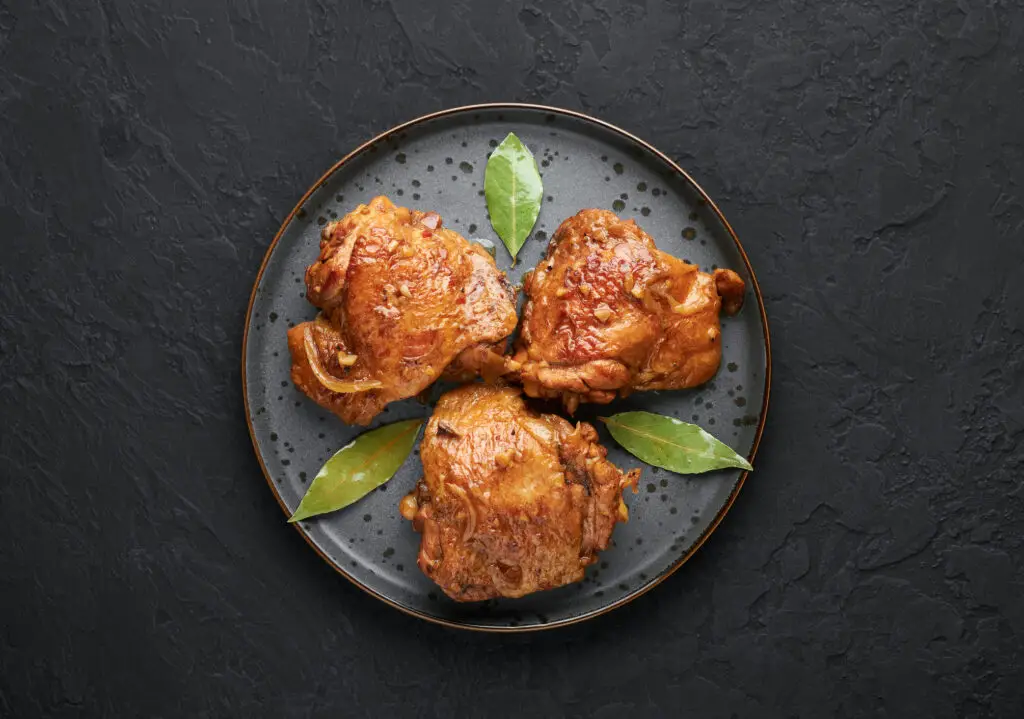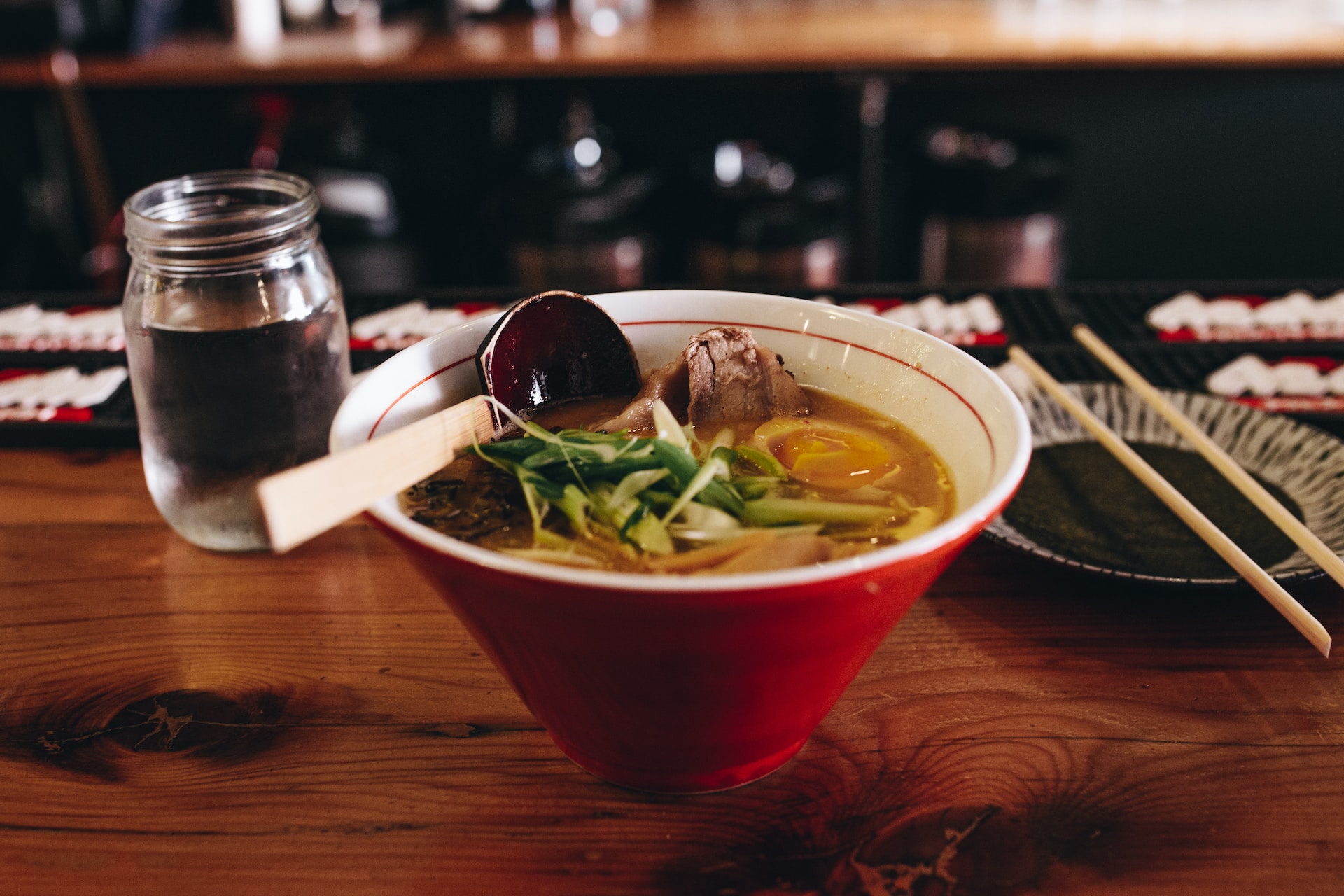Chicken is a versatile and delicious protein that finds its way into countless recipes around the world. Whether you’ve prepared a large batch of chicken and froze the leftovers or accidentally stored cooked chicken in the freezer, there will come a time when you need to defrost it safely and ensure it retains its flavor and texture. In this comprehensive guide, we will explore the various methods for defrosting cooked chicken, from the safest to the quickest, and provide you with tips and tricks to make the process seamless.
Table of Contents:
The Importance of Safe Food Handling
The Difference Between Defrosting Raw and Cooked Chicken
Safe Methods for Defrosting Cooked Chicken
a. Refrigerator Defrosting
b. Cold Water Defrosting
c. Microwave Defrosting
d. Cooking from Frozen
Tips for Maintaining Quality During Defrosting
Delicious Recipes for Using Defrosted Cooked Chicken
The Importance of Safe Food Handling
Before diving into the specifics of how to defrost cooked chicken, it’s crucial to understand the importance of safe food handling. Food safety is essential to prevent foodborne illnesses and ensure the quality of your meals. Mishandling cooked chicken can lead to bacterial growth and contamination, which can cause food poisoning.
To keep your family and yourself safe, always follow these food safety guidelines:
Wash your hands thoroughly before and after handling chicken.
Keep raw chicken separate from other foods to prevent cross-contamination.
Cook chicken to the recommended internal temperature (165°F or 74°C) to kill harmful bacteria.
Refrigerate or freeze chicken promptly after cooking to prevent bacterial growth.
Avoid thawing chicken at room temperature, as this can lead to unsafe temperatures and bacterial growth.
The Difference Between Defrosting Raw and Cooked Chicken
Defrosting cooked chicken differs from defrosting raw chicken in several ways. Cooked chicken has already been through the cooking process, which has killed most bacteria. However, it’s essential to handle it safely to maintain its quality and prevent any potential bacterial growth during the thawing process.
Raw chicken should never be defrosted at room temperature, as this can allow bacteria to multiply rapidly. In contrast, cooked chicken is generally safer to defrost, but you must still follow proper defrosting methods to avoid foodborne illness and maintain its texture and flavor.
Safe Methods for Defrosting Cooked Chicken
Now let’s explore four safe methods for defrosting cooked chicken:
Refrigerator Defrosting:
Refrigerator defrosting is the safest and most recommended method for thawing cooked chicken. It allows for a slow, controlled thawing process, which minimizes the risk of bacterial growth. Follow these steps:
Place the frozen cooked chicken in an airtight container or resealable plastic bag to prevent any moisture loss or contamination.
Place the container or bag in the refrigerator.
Allow the chicken to thaw for several hours or overnight, depending on the size and thickness of the chicken pieces. As a general rule of thumb, it takes about 24 hours to thaw 4 pounds (1.8 kg) of chicken in the refrigerator.
Once fully thawed, use the chicken within 3-4 days.
Cold Water Defrosting:
If you need to defrost cooked chicken more quickly than the refrigerator method allows, you can use the cold water method. This method is faster but still safe if done correctly:
Place the sealed chicken in a leak-proof plastic bag to prevent water from entering.
Fill a large bowl or basin with cold water.
Submerge the sealed chicken in the cold water, making sure it remains fully sealed.
Change the water every 30 minutes to maintain a cold temperature.
Thawing times vary based on the size and thickness of the chicken pieces. As a rough estimate, it takes approximately 1-2 hours to thaw 1 pound (0.45 kg) of chicken using this method.
Once fully thawed, cook the chicken immediately.
c. Microwave Defrosting:
Microwave defrosting is the quickest method but requires careful attention to prevent partial cooking of the chicken. Use the microwave’s defrost function or a lower power setting to avoid uneven cooking:
Place the cooked chicken on a microwave-safe plate.
Use the defrost setting or lower the microwave power to 30% or 50%.
Microwave in short intervals, typically 1-2 minutes at a time.
Rotate and flip the chicken pieces between intervals to ensure even thawing.
Check the chicken’s temperature regularly to prevent it from cooking. You want it to remain below 40°F (4°C).
Once the chicken is thawed, cook it immediately. Do not re-freeze previously frozen cooked chicken.
Cooking from Frozen:
In some cases, you may choose to cook your cooked chicken directly from the frozen state. While this method skips the thawing step, it may require longer cooking times, and the texture may differ slightly from fresh chicken. Follow these steps:
Preheat your oven or stovetop to the desired cooking temperature for your recipe.
Place the frozen cooked chicken directly into the preheated oven or skillet.
Cook the chicken, turning it occasionally, until it reaches an internal temperature of 165°F (74°C) or until it’s heated through and fully cooked.
Cooking times may be extended compared to thawed chicken, so use a food thermometer to ensure it’s safe to eat.
Tips for Maintaining Quality During Defrosting
Regardless of the method you choose, here are some tips to help you maintain the quality of your defrosted cooked chicken:
Always use airtight containers or resealable plastic bags to prevent moisture loss and contamination.
Label containers with the date you froze the chicken to keep track of its freshness.
Avoid defrosting cooked chicken at room temperature or using hot water, as these methods can encourage bacterial growth.
Never refreeze cooked chicken that has been previously thawed, as this can lead to texture and flavor degradation.
Use a food thermometer to ensure the chicken reaches an internal temperature of 165°F (74°C) when reheating or cooking.
Delicious Recipes for Using Defrosted Cooked Chicken
Now that you’ve successfully defrosted your cooked chicken, it’s time to put it to good use. Here are some delicious recipes to inspire your culinary creativity:
Chicken and Vegetable Stir-Fry:
Ingredients:
Defrosted cooked chicken, sliced
Mixed vegetables (bell peppers, broccoli, carrots, snap peas, etc.)
Stir-fry sauce
Sesame oil
Garlic and ginger, minced
Cooked rice or noodles
Instructions:
Heat sesame oil in a skillet or wok.
Add minced garlic and ginger, sauté briefly.
Add mixed vegetables and stir-fry until tender-crisp.
Add the sliced cooked chicken and stir-fry sauce.
Cook until everything is heated through and well-coated.
Serve over cooked rice or noodles.
b. Chicken Salad with Avocado Dressing:
Ingredients:
Defrosted cooked chicken, shredded
Mixed salad greens
Cherry tomatoes
Cucumber slices
Red onion, thinly sliced
Avocado dressing (blend avocado, Greek yogurt, lime juice, and seasoning)
Instructions:
Arrange salad greens on a plate.
Top with cherry tomatoes, cucumber slices, and red onion.
Add the shredded cooked chicken.
Drizzle with the creamy avocado dressing.
c. Chicken and Broccoli Alfredo:
Ingredients:
Defrosted cooked chicken, diced
Cooked fettuccine or your favorite pasta
Steamed broccoli florets
Alfredo sauce
Grated Parmesan cheese
Salt and black pepper
Instructions:
In a saucepan, warm the Alfredo sauce over low heat.
Add the diced cooked chicken and steamed broccoli.
Simmer until everything is heated through.
Toss with cooked pasta.
Season with salt and black pepper.
Sprinkle with grated Parmesan cheese before serving.
Defrosting cooked chicken safely and deliciously is a crucial skill for any home cook. By following the recommended methods, practicing food safety guidelines, and being creative with your recipes, you can enjoy flavorful and safe meals using your defrosted cooked chicken. Remember to prioritize food safety to protect yourself and your loved ones from foodborne illnesses while savoring the versatility of this beloved protein.
Additional Considerations for Specific Chicken Dishes
While we’ve covered various methods for defrosting cooked chicken and shared some recipe ideas, it’s worth mentioning a few additional considerations for specific chicken dishes that might require a slightly different approach:
a. Fried Chicken:
If you have leftover fried chicken that you’d like to reheat, consider using an oven or an air fryer instead of the microwave to preserve its crispy texture. Place the frozen or defrosted fried chicken on a baking sheet and reheat it in a preheated oven at around 350°F (175°C) for about 10-15 minutes, or until it’s heated through and crispy again.
b. Chicken Soup or Stew:
For dishes like chicken soup or stew, you can add frozen or defrosted cooked chicken directly to the simmering broth. The gentle heat of the liquid will gradually thaw and reheat the chicken without compromising its texture.
c. Chicken Pot Pie:
When making chicken pot pie with defrosted cooked chicken, you can incorporate it directly into the pie filling. There’s no need to thaw it separately since the baking process will thoroughly cook and reheat the chicken within the pie.
d. Chicken Casseroles:
When preparing chicken casseroles, you can use defrosted or frozen cooked chicken directly in the recipe. The extended baking time will ensure the chicken is thoroughly heated and integrated into the dish.
e. Chicken Sandwiches:
To make sandwiches with defrosted cooked chicken, consider toasting or grilling the chicken to enhance its texture and flavor. This extra step can make a significant difference in the overall sandwich experience.
Final Thoughts on Defrosting Cooked Chicken
Defrosting cooked chicken safely and deliciously is an essential skill for home cooks, allowing you to enjoy a wide range of flavorful meals while minimizing food waste. Remember that food safety should always be a top priority, and follow recommended guidelines for handling, thawing, and cooking chicken to prevent foodborne illnesses.
Whether you choose to thaw chicken in the refrigerator, cold water, or the microwave, each method has its advantages and can be adapted to your specific needs and time constraints. Additionally, cooking chicken directly from frozen can be a convenient option when you’re short on time.
Finally, don’t hesitate to get creative with your defrosted cooked chicken. From stir-fries and salads to casseroles and sandwiches, there are countless ways to transform this versatile protein into mouthwatering dishes that your family and friends will love.
In conclusion, by mastering the art of defrosting cooked chicken safely and skillfully, you can expand your culinary repertoire and enjoy delicious chicken-based meals whenever the craving strikes. With the right techniques and a little creativity, you’ll be well-prepared to make the most of your defrosted cooked chicken.


















